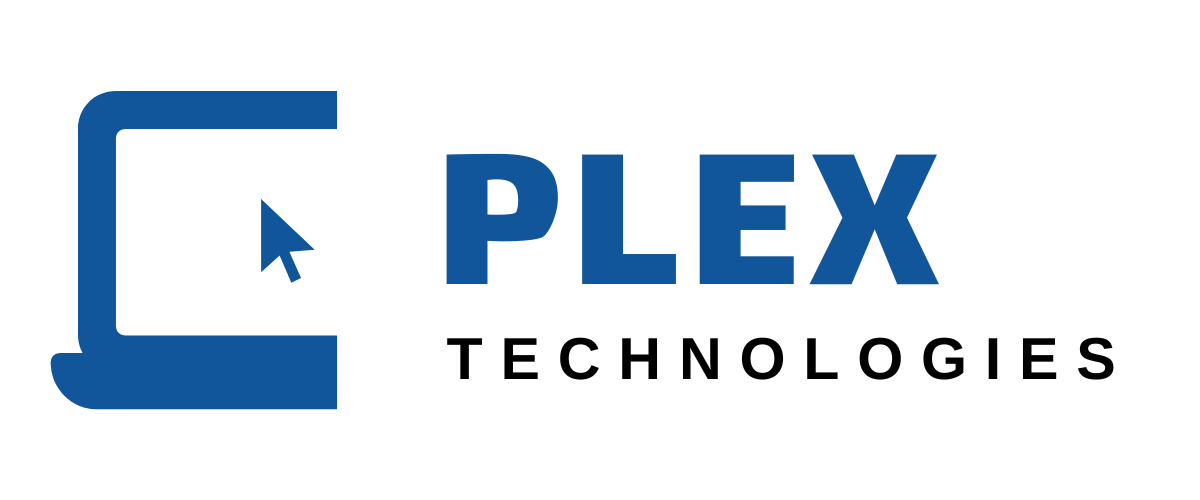Asset tagging is the process of fixing identification tags or labels, also known as asset tags, to assets, followed by developing a fixed asset register. Asset tagging is used for both fixed and moveable assets to provide a unique way to identify individual assets throughout their useful life. The barcode tags contain a unique ID, Company name, and Logo.
The type of Assets that Require Tagging:
- Assets that require monitoring and tracking
- Equipment and machines that require routine maintenance
- Assets that require ownership verification
- Assets that are likely to be lost, stolen, or damaged
- Assets that require frequent auditing
The following are the benefits of tagging your company fixed assets:
- It increases the security of your assets and facilitates the recovery of lost or stolen assets. Tagged assets can easily be identified hence discouraging theft. In the event of theft, the asset tags can be used as proof of ownership since it has the logo and the company name.
- Automating the inventory process saves time and money in the inventory-taking and asset audit process. Barcode tags simplify the auditing process since the software can provide every asset detail in a few clicks.
- It increases accuracy by reducing human errors in collecting asset data. A barcode scanner ensures accuracy in reading asset identification numbers.
- It improves budgeting and planning for new assets and disposal of the fully depreciated ones. The asset register plays a central role in tracking asset depreciation hence helpful in planning for new acquisitions and disposals.
- Asset tagging also simplifies the tracking process of assets as they move from one department to another within an organization.
- Asset tags are useful for validation and record keeping by insurance companies hence worth investing in.
- Asset tagging also helps in gaining an accurate overview of corporate assets. Company asset value is an essential input in a corporate’s books of accounts.
- Asset tagging makes it easy to assign custodian responsibilities to employees’ over-allocated assets. Once assets have been tagged, you can easily track the allocated user, thus making them fully responsible for taking care of the assets.

